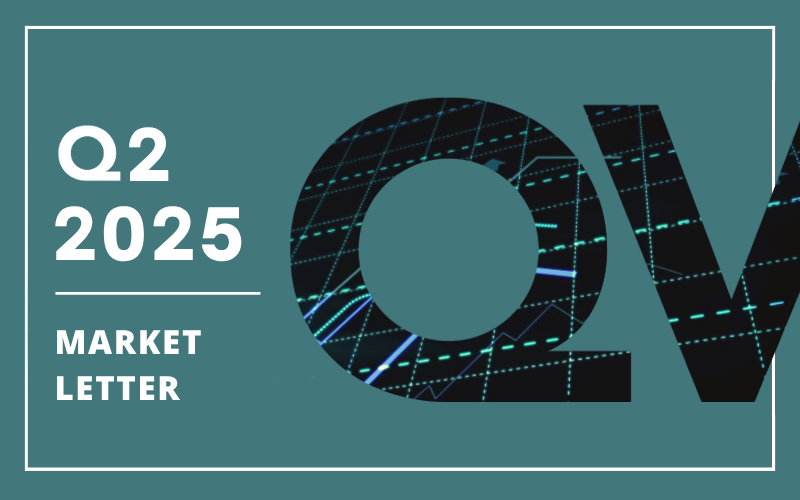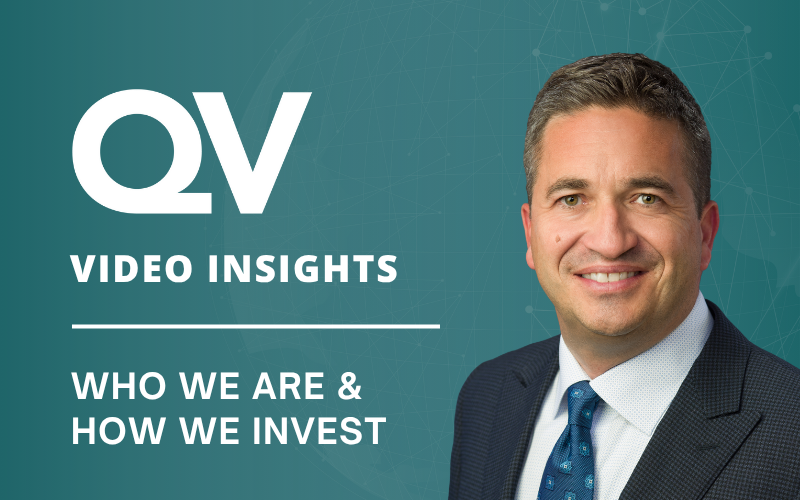Exciting news! We have an investment option that could greatly benefit you on your journey to homeownership: the First Home Savings Account (FHSA). With this news, we want to provide you with an overview of how the FHSA operates, how you can maximize its potential, and why you can still benefit from the FHSA even if you don’t have plans to buy a home.
WHY WAS THE FHSA CREATED?
The Government of Canada has recently introduced the FHSA to assist individuals in saving for their first home. Recognizing the challenges faced by aspiring homeowners, this initiative was designed to offer tax advantages and incentives to accelerate savings.
Our favourite aspect of this account is that it combines the best features of both the RRSP and TFSA. Contributions are tax-deductible, similar to an RRSP, and withdrawals are tax-free, like the TFSA. These rules apply as long as the funds are used to purchase a qualifying first home. Additionally, similar to both a TFSA and an RRSP, funds contributed to the FHSA grow tax-free.
WHO CAN OPEN THE FHSA?
In order to open an FHSA, you must be:
- Between the ages of 18 and 71
- A resident of Canada
- A first-time home buyer
To qualify as a first-time home buyer, you must not have lived in a home that you or your partner owned in the calendar year you open the account or at any time in the prior four calendar years.
WHAT ARE THE RULES?
- You can contribute up to $8,000 per year into an FHSA, with a lifetime maximum of $40,000.
- Contributions made within the calendar year can be deducted when you file your taxes for that year, or the deduction can be carried forward to future years.
- You can carry forward unused contribution room, up to a maximum of $8,000 per year, to use in the following year.
- FHSA contribution room begins accumulating only after you’ve opened the account, unlike the TFSA which starts at age 18 or the RRSP which is based on employment income.
HOW DO I WITHDRAW MONEY FROM THE FHSA?
To make a qualifying tax-free withdrawal you must meet the following criteria:
- You must qualify as a first-time home buyer when you make a withdrawal, which means not having lived in a qualifying home in the current calendar year or the preceding four calendar years.
- The withdrawal must be no more than 30 days after you acquire the home.
- You must obtain a written agreement to buy or finish building a home before October 1st of the year following the date of withdrawal.
- The home you purchase must be your main residence within one year of the purchase and you must fill out and file the necessary paperwork.
If you meet the above criteria, you can do a single or a series of tax-free withdrawals.
You must close your FHSA by December 31st of the year following your first qualifying withdrawal.
WHAT HAPPENS IF YOU DON’T BUY A HOUSE?
The FHSA funds must be used within 15 years of opening the account, or before you turn 71.
If your FHSA expires before you buy a home, you can transfer the money to your RRSP. The transfer does not affect your current RRSP contribution room, effectively creating additional room of up to $40,000 (plus investment growth) for any Canadians who qualify for an FHSA. This is why it may make sense to open an FHSA even if you don’t have immediate plans to buy a home.
CAN YOU STILL USE THE HOME BUYER’S PLAN (HBP) IF YOU OPEN AN FHSA?
Canadians still have the option to use the HBP to help fund their first home. This program allows you to borrow up to $35,000 from your RRSP. By combining the HBP with the FHSA, you can increase the amount available for a down payment.
If a home is purchased jointly, each party can combine the HBP and the FHSA to use towards the purchase. Therefore, together they could have over $150,000 available towards their qualified home purchase:
- Available HBP: $35,000 * 2 = $70,000
- Available FHSA $40,000 * 2 = $80,000 + investment growth on the FHSA
CAN A PARENT OR GRANDPARENT CONTRIBUTE TO THEIR ADULT CHILD’S FHSA?
The FHSA is a great tool to help family members save for their first home. Parents or grandparents cannot contribute directly to an adult child’s FHSA, but they can gift the money to their adult child or loved one. This allows the beneficiary to receive the tax deduction and the investments to grow tax-free.
Because the rules stipulate the account needs to be closed 15 years after it’s opened, it may not make sense for individuals who just turned 18 years of age to open an FHSA right away. It depends on when they plan to purchase their first home. Interested in discussing your personal situation in more detail? Reach out to a QV Investment Counsellor.
WILL FUNDS GIFTED TO A SPOUSE OR ADULT CHILD BE SUBJECT TO TAX ATTRIBUTION RULES?
No, funds gifted to a spouse or adult child for their FHSA are exempt from Income Tax Act rules that otherwise generally attribute gifted property (investments included) back to the original transferor.
This is similar to TFSA rules, which specify the person gifting monies will not be taxed on future investment income or capital growth of those funds.
HOW DO I FUND MY FHSA?
For young Canadians, there is now an abundance of registered savings accounts available. For most, it is not feasible to maximize all three (RRSP, TFSA and now FHSA) when first starting out in their careers. Below we’ve outlined a couple strategies to consider, and how to fund your FHSA using other accounts.
RRSP versus FHSA
If you are debating whether to contribute to your FHSA or your RRSP, we recommend prioritizing your FHSA since you can always transfer the FHSA to your RRSP at a later date.
TFSA versus FHSA
If you intend to purchase a house, prioritizing the FHSA over a TFSA is likely the way to go. That way, there’s a greater chance you’ll maximize possible FHSA contribution room prior to purchasing a house. If you choose not to purchase a house, you’ll have generated valuable RRSP room you otherwise wouldn’t have access to.
Even if you have no intention to purchase a house, if your current income is large enough to benefit from the tax deduction, then the FHSA still likely makes the most sense. We previously wrote an article touching on the tax considerations when choosing TFSA over RRSP, which also applies to TFSA versus FSHA.
Transferring funds from TFSA to FHSA
You can withdraw money from your TFSA to contribute to your FHSA. This strategy would allow you to qualify for a tax deduction for the amount transferred. You will need to wait until the following calendar year to recontribute the amount withdrawn from your TFSA.
RRSP to FHSA
If you don’t have new funds to invest in your FHSA, there may be an opportunity to use money transferred from your RRSP, up to your allowable FHSA room. As we outlined above, doing so may give first-time home buyers the ability to combine both the FHSA and the HPB towards a downpayment. One limitation of the HBP is that you must repay the RRSP withdrawal amount within fifteen years. Transferring those funds into the FHSA eliminates the need to eventually pay back your RRSP, although you permanently give up the RRSP room equivalent to the amount transferred. You cannot deduct the amount transferred from your RRSP to your FHSA on your taxes. This is because you would have already received a deduction upon the original RRSP contribution.
All of the strategies highlighted are subject to the rules outlined in previous sections of this article. Everyone’s financial situation varies, and we encourage you to reach out to your Investment Counsellor to discuss the strategy that would work best for your unique circumstance.
HOW ARE FHSA’S TREATED AT DEATH?
The tax consequences at death vary depending on the type of beneficiary and whether there is any excess FHSA room in the account at the time of death. Refer to the CRA for more details.
OPEN AN FHSA WITH QV INVESTORS
We are delighted to now offer our clients the opportunity to invest in an FHSA. To learn more, connect with your Investment Counsellor and we can discuss the best fit for your future goals.




